Have you ever thought that while you are supervising on the playground, you could be watching for more than just how the children are playing on the structure for safety issues?
Maintenance issues are part of playground safety, and while you don’t necessarily have to make the repairs yourself if hazards are found, it’s a good idea to know what to look for; that way maintenance needs can be reported and taken care of.
Why care? Safety is the big issue, and you don’t want your maintenance score to be low and turn that playground you worked so hard to have installed into an unsafe structure for children to play on.
Take this guide and walk around your playground today to see how your playground and structures score. These possible issues are taken from the CPSC, ASTM and NPPS guidelines. If the maintenance issue does not exist on your playground, give it an “S” for satisfactory. If issues do exist, give them an “N” for needs improvement and report the issue at once.
Here are some things, if gone unnoticed or ignored, that will lower your playground
maintenance score:
1. Surfacing around play structures should be at least 12 inches of either loose fill surfacing such as mulch, sand, or wood chips, or consist of mats that are actually made from safety-tested rubber or similar to rubber material. S_____ or N _____
2. The surfacing should also cover an area of at least six feet in every direction from the structure. With swings, the area covered should also extend twice the height of the suspending bar in front of as well as behind the swing structure. S_____ or N _____
3. Play structures exceeding 30 inches in height must be spaced at least nine feet apart from each other. S_____ or N_____
4. Be on the lookout for hardware such as open “S” hooks that pose a threat to catching a child’s clothing or small fingers. Also, watch for protruding bolt ends that may catch clothing or scratch a child. S_____ or N_____
5. Openings in guardrails should measure less than 3.5 inches, and spaces between ladder rungs should measure less than 9 inches to prevent trapping a child at play.
S_____ or N_____
6. Be sure there are no sharp points or edges on the structure that could injure a child. S_____ or N_____
7. Tripping hazards such as an exposed concrete footing, rocks or even tree stumps in some situations are something to keep an eye out for and have removed if existing. S_____ or N_____
8. Elevated surfaces such as ramps and platforms should have guardrails to aid in prevention of falls. S_____ or N_____
9. Debris can be as unsafe as it is ugly on the playground. Make sure your playground is free of litter and foreign objects. It poses not only a tripping hazard but also a health hazard as far as unclean play circumstances. S_____ or N_____.
10. Concrete footings should be covered to avoid tripping hazards. S_____ or N_____
11. Structures should be free from rust. S_____ or N_____.
12. Wooden structures should be free of splintering to avoid splinters in children at play. S_____ or N_____
13. No cracks or holes should exist in surfacing or structure components. S_____ or N_____.
14. Check structures regularly to make sure no hazards exist. Make a checklist of scheduled dates for playground maintenance checks and follow it. Be sure to watch each time you are supervising to make sure nothing goes unnoticed. S_____ or N_____
15. Always supervise children at play to be sure they are playing on age-appropriate structures and in a safe manner. S_____ or N_____
It really wouldn’t be accurate to say that if you had 10 out of 15 of these issues graded as an S, you wouldn’t need to report maintenance issues for your playground upkeep. Truly, if you don’t have 15 out of 15, your playground doesn’t pass. If all you have is one maintenance issue, it needs to be reported so your playground can be a safe place to play.
Keep an eye on issues such as these and make sure your playground and structures meet or exceed safety standards such as the CPSC, ASTM, and NPPS guidelines. They need to be considered to keep children safe on the playground and make your return on investment an even bigger dividend as children are able to grow, learn and enjoy playing that much more in such an environment.


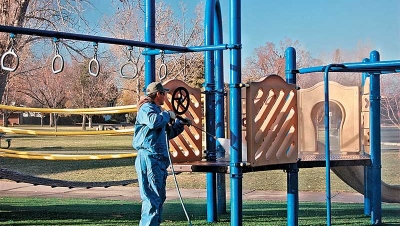

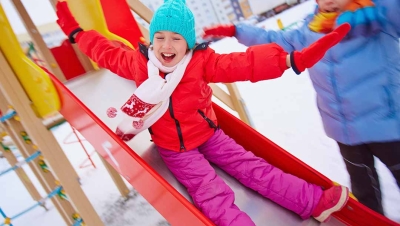



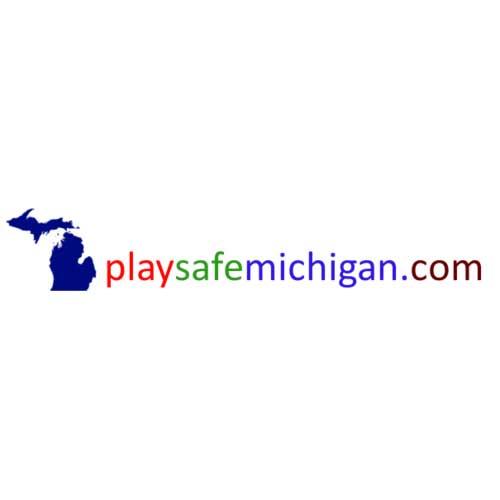
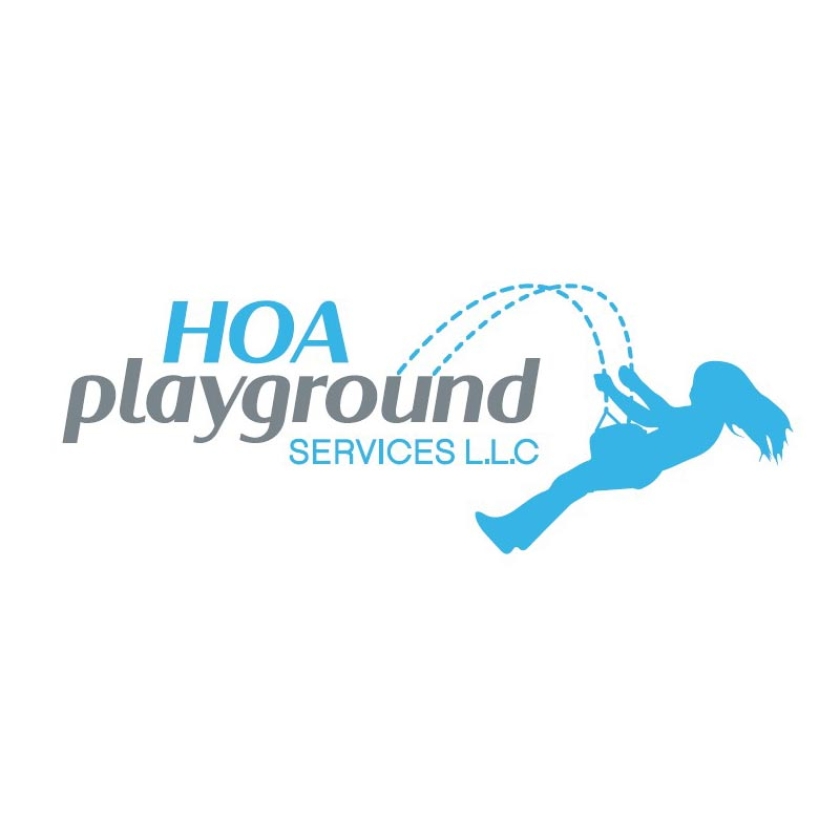



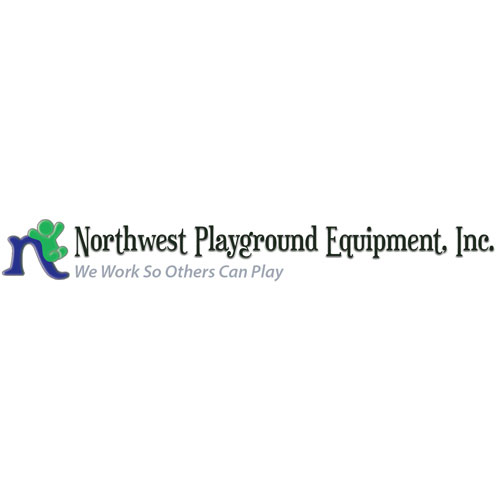
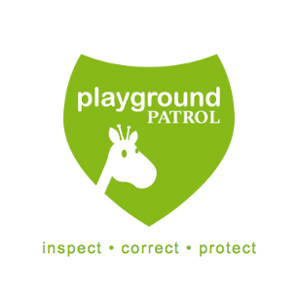
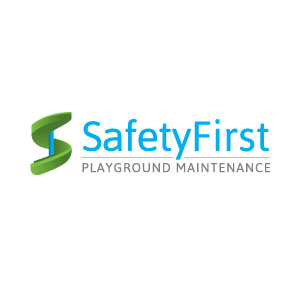
Add new comment